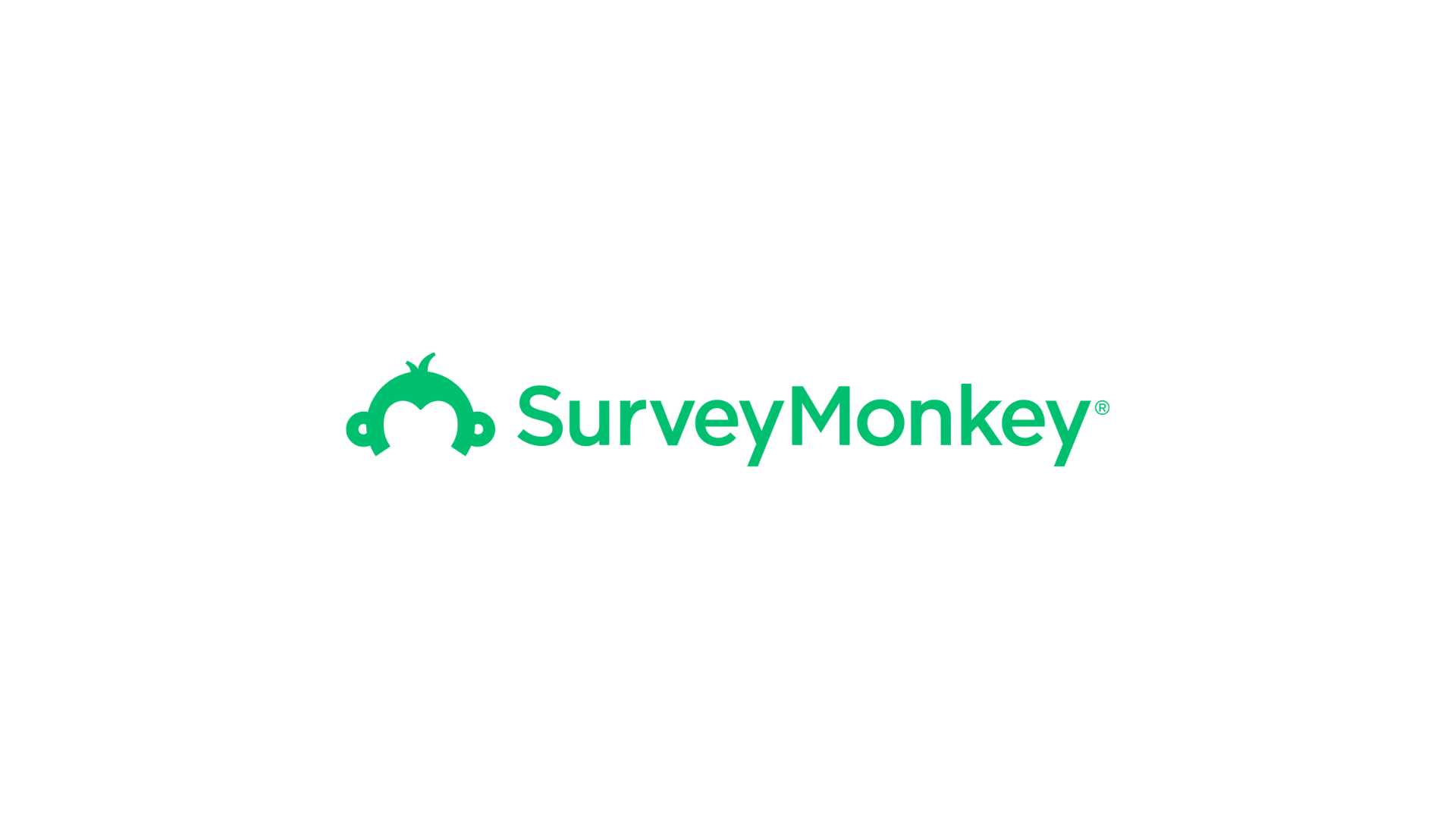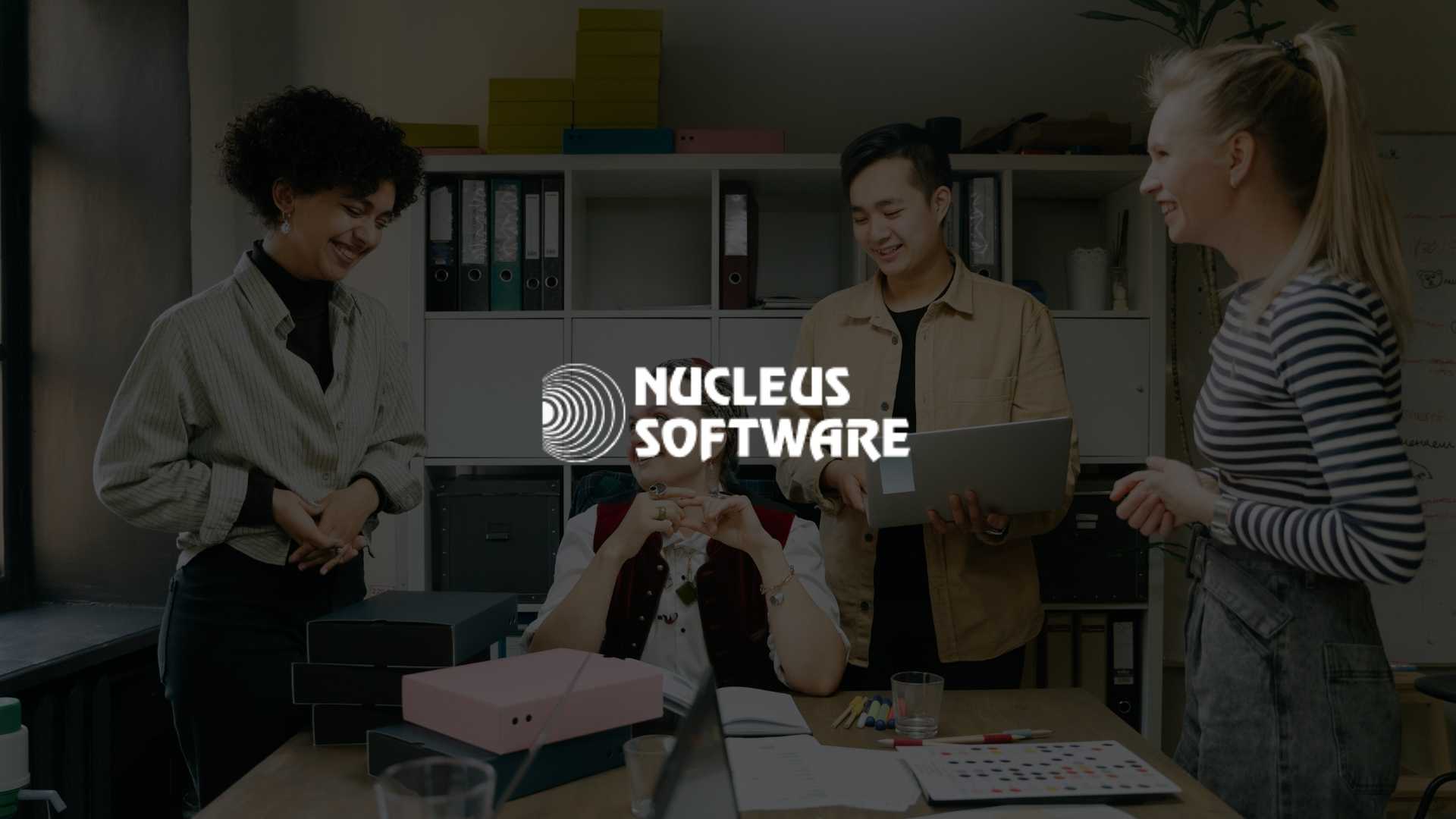Injective Launches iBuild: The No-Code AI Platform Bringing Web3 App Creation to Everyone

Building decentralized apps has long been a game for engineers fluent in Solidity, smart contracts, and cryptographic architecture. Injective wants to change that.
The finance-focused blockchain today unveiled iBuild, a first-of-its-kind Web3 platform that allows anyone to design, configure, and launch decentralized applications—without writing a single line of code. It’s powered by Injective’s MultiVM infrastructure, the same high-performance engine that underpins its interoperable blockchain network.
With iBuild, users can spin up DEXs, lending protocols, stablecoin platforms, prediction markets, and even tokenized asset systems in minutes. The entire process happens through a visual, AI-guided workflow, turning what used to take weeks of engineering into a streamlined creation experience.
From Code to Clicks: Making Web3 Accessible
If the first wave of Web3 demanded code, the next demands creativity.
iBuild replaces complex development stacks with drag-and-drop modules that come preloaded with onchain capabilities—liquidity pools, yield vaults, oracles, and permissioned asset systems.
For example, a user could combine a liquidity pool module with a yield vault to create a functioning decentralized exchange, or connect tokenized real estate assets to Injective’s permissioned asset layer for a compliance-friendly RWA platform.
“Web3 needs fewer barriers and more builders,” said Eric Chen, Co-Founder of Injective. “iBuild turns ideas into live applications in a fraction of the time.”
Every new app created on iBuild increases onchain activity and injects fresh liquidity into the Injective ecosystem—literally growing the network by design.
AI + No Code + Blockchain = A New Stack
The no-code software market is already booming, expected to hit $196 billion by 2033. Platforms like Cursor have shown how AI can accelerate coding workflows. But while most AI-assisted tools still rely on Web2 infrastructure, Injective is bringing the same intelligence fully onchain.
iBuild fuses AI configuration with decentralized finance modules—bridging usability, transparency, and composability in a single platform. Think of it as Figma meets DeFi, but every click and connection lives directly on the blockchain.
Unlike traditional no-code services, iBuild runs natively on Injective’s blockchain, offering full decentralization, ultra-low fees, and cross-environment compatibility between WebAssembly (Wasm) and Ethereum Virtual Machine (EVM). Developers gain the flexibility to deploy apps across both ecosystems, while financial logic runs directly at the protocol layer—no external APIs required.
Why This Matters
Web3’s greatest challenge isn’t scaling technology—it’s scaling participation. Injective’s iBuild tackles that head-on by turning the blockchain into a canvas for builders instead of a maze for coders.
For startups, DeFi innovators, or even traditional financial institutions exploring tokenization, the implications are significant. Faster time-to-market, lower development costs, and compliance-ready modules mean blockchain projects can finally compete with the agility of modern fintech stacks.
And while others like Polygon, Avalanche, and Cosmos are improving developer tooling, Injective’s approach—putting AI-assisted, no-code creation directly onchain—sets it apart in an increasingly crowded landscape.
The Bottom Line
Injective’s iBuild could mark a turning point for Web3, shifting blockchain development from a niche skill to a universal capability. If successful, it might do for decentralized finance what WordPress did for websites—open the floodgates for creators who once sat on the sidelines.
For an industry chasing adoption, that’s a bet worth making.



